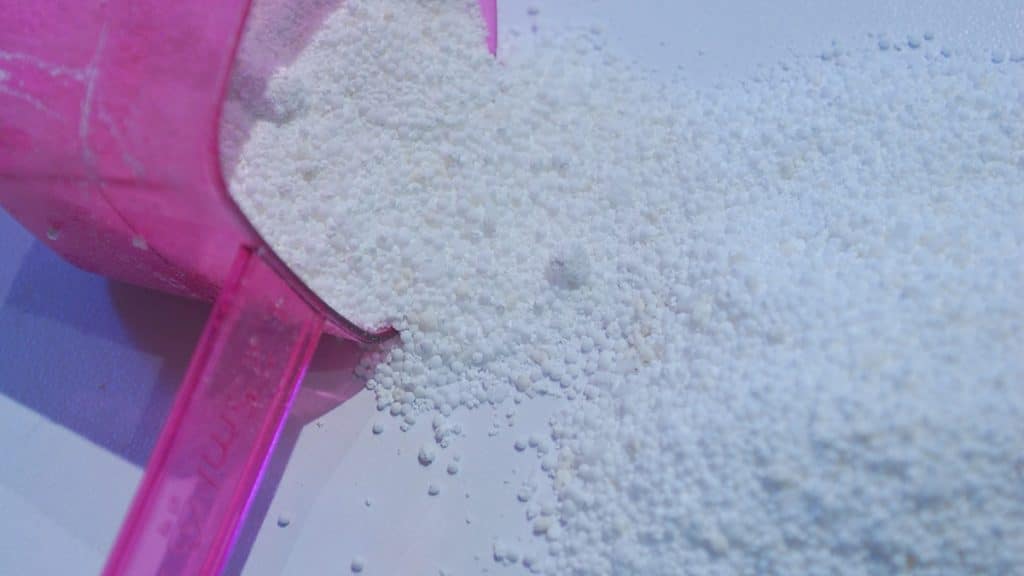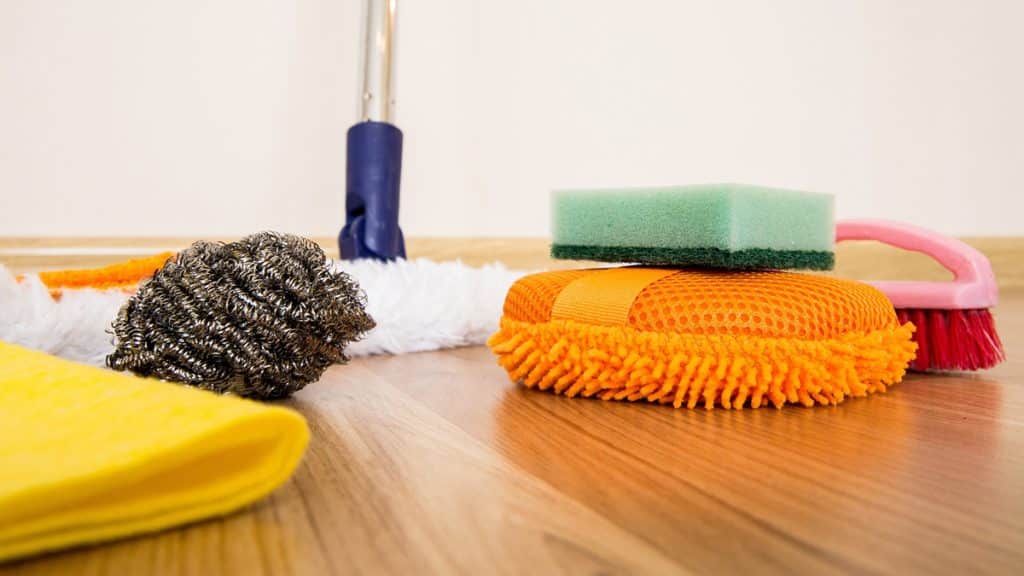Cleaning is an essential aspect of our daily lives, but have you ever thought about the chemicals and cleaning materials you use? We use chemicals and cleaning materials to remove dirt, grime, and bacteria from our homes and workplaces, thereby creating safer and healthier environments. However, some chemicals and cleaning materials can be harmful if not used properly. It is important to understand the most common chemicals and cleaning materials, their potential hazards, and safety precautions to ensure safe and effective cleaning.
In this article, we will discuss the most common chemicals and cleaning materials, their uses, and how to choose the right one for a specific cleaning task. We will also explore the environmental impact of these materials and provide tips for reducing their impact on our planet.
Table of Contents
Common Chemicals

Chemicals are substances that have a specific chemical composition and properties. Various applications utilize chemicals and cleaning materials, including cleaning tasks. Chemicals used in cleaning help to remove dirt, grime, and stains from surfaces. In this blog section, we will discuss the most common chemicals used in cleaning, their potential hazards, and safety precautions.
Bleach
People commonly use bleach as a household cleaning chemical to disinfect surfaces. It is effective in killing bacteria, viruses, and other harmful microorganisms. However, bleach can be hazardous when it comes into contact with skin, eyes, or lungs. It can cause irritation, burns, and respiratory problems. To use bleach safely, always wear gloves, goggles, and a mask to avoid inhaling the fumes. Dilute the bleach solution as per the manufacturer’s instructions and store it in a cool, dry place, away from children and pets.
Ammonia
People frequently use ammonia as a popular cleaning chemical in glass cleaners, floor cleaners, and bathroom cleaners. It is effective in cutting through grease and grime, making it an ideal cleaner for tough stains. However, ammonia can be toxic when inhaled or ingested. It can cause irritation to the eyes, nose, throat, and lungs. To use ammonia safely, always wear gloves, goggles, and a mask when using it. Use it in a well-ventilated area and never mix it with other cleaning products.
Hydrogen peroxide
People often use hydrogen peroxide as a versatile cleaning chemical for disinfecting surfaces and removing stains. It is safe to use on most surfaces and can effectively kill bacteria, viruses, and other harmful microorganisms. However, hydrogen peroxide can be hazardous when ingested or inhaled in large quantities. It can cause irritation to the eyes, nose, throat, and lungs. To use hydrogen peroxide safely, always wear gloves and goggles when handling it. Store it in a cool, dry place, away from heat and direct sunlight.
Common Cleaning Materials

Cleaning materials refer to the various tools and products used in cleaning households and commercial settings. These materials are essential for maintaining cleanliness, hygiene, and a healthy living environment. In this blog section, we will discuss the most common cleaning materials used in households and commercial settings, their uses, and how they can help keep your space clean.
Sponges:
Sponges are one of the most commonly used cleaning materials. They are made from absorbent materials that can soak up liquids, making them ideal for cleaning surfaces like countertops, dishes, and floors. Sponges come in different shapes and sizes, including rectangular, circular, and triangular. Some are even designed to fit into tight spaces like corners and crevices. Sponges can be washed and reused multiple times, making them an eco-friendly option.
Microfiber cloths:
Microfiber cloths are another popular cleaning material. They are made from tiny fibers that can trap dirt and dust more effectively than traditional cotton cloths. Microfiber cloths are soft and gentle on surfaces, making them ideal for cleaning delicate items like electronics, mirrors, and glass surfaces. They can also be used for general cleaning tasks like wiping down surfaces and dusting.
Mops:
Mops are essential cleaning materials for keeping floors clean and free of dirt and debris. There are different types of mops available, including traditional string mops and flat mops. String mops are ideal for cleaning larger spaces like floors, while flat mops are better suited for smaller areas like bathrooms and kitchens. Mops can be used with various cleaning solutions such as disinfectants, floor cleaners, and water.
Other cleaning materials:
In addition to sponges, microfiber cloths, and mops, there are numerous other cleaning materials used in households and commercial settings. These include scrub brushes, dustpans, brooms, vacuum cleaners, and cleaning solutions. Each of these materials plays a vital role in keeping the environment clean and healthy. For instance, scrub brushes are ideal for cleaning tough stains on surfaces like tiles, while vacuum cleaners are great for removing dust and debris from carpets.
Comparing Chemicals and Cleaning Materials
Cleaning is an essential aspect of our daily lives, and we rely on various chemicals and cleaning materials to keep our homes and workplaces clean and hygienic. However, with so many options available, choosing the right chemical and cleaning material for a specific task can be overwhelming. In this blog section, we will compare some of the most common chemicals and cleaning materials and discuss their advantages, disadvantages, and how to choose the right one for your cleaning needs.
Chemicals and Cleaning Materials: How They Work Together
Chemicals and cleaning materials synergistically collaborate to effectively eliminate dirt, stains, and bacteria from various surfaces. Cleaning materials and chemicals are composed of substances that actively interact with dirt, grime, and stains, effectively breaking them down. This chemical reaction facilitates the subsequent removal of these unwanted substances by cleaning materials. On the other hand, cleaning materials serve as the physical agents that physically dislodge and eradicate dirt and stains from surfaces. Together, these two components form a dynamic partnership, ensuring thorough cleanliness and sanitation.
Choosing the Right Chemical and Cleaning Material
When choosing the right chemical and cleaning material for a specific cleaning task, there are several factors to consider. These include the type of surface you are cleaning, the type of dirt or stain you are trying to remove, and any safety concerns.
For example, if you are cleaning a glass surface, you may want to use a glass cleaner that contains ammonia. If you are removing a tough stain from a fabric, you may want to use a bleach-based cleaner. If you are concerned about using harsh chemicals, you may want to use a natural cleaner
Environmental Impact of Chemicals and Cleaning Materials
Cleaning is an essential activity that we all perform to keep our homes, offices, and surroundings clean and hygienic. However, many of us are not aware of the adverse environmental impact of the chemicals and cleaning materials we use. Most of the cleaning products we use contain harmful chemicals that can pollute the air and water and harm human health and the environment. In this blog section, we will discuss the environmental impact of chemicals and cleaning materials and provide tips for reducing their impact.
Environmental Impact of Chemicals and Cleaning Materials:
The chemicals and cleaning materials we use can have a significant impact on the environment. They contain toxic substances that can pollute the air and water and harm aquatic life, wildlife, and humans. When these chemicals are released into the environment, they can cause respiratory problems, skin irritation, and other health problems. Moreover, these chemicals can accumulate in the soil and water and remain there for years, causing long-term damage to the environment.
Examples of Eco-Friendly and Sustainable Cleaning Materials and Products:
Fortunately, there are many eco-friendly and sustainable cleaning materials and products available that can reduce the environmental impact of cleaning. Some examples include:
1. Baking Soda: Baking soda is a natural and effective cleaning agent that can remove dirt and stains from various surfaces.
2. Vinegar: People can use vinegar as an excellent disinfectant to clean windows, floors, and other surfaces.
3. Lemon Juice: Lemon juice is a natural bleaching agent that can help remove tough stains from fabrics.
4. Biodegradable Cleaning Products: Manufacturers produce biodegradable cleaning products from natural ingredients and ensure that they do not contain harmful chemicals that can damage the environment.
Tips for Reducing the Environmental Impact of Cleaning:
Here are some tips for reducing the environmental impact of cleaning:
1. Use eco-friendly and sustainable cleaning materials and products.
2. Avoid using chemical-based cleaning products as much as possible.
3. Use reusable cleaning cloths instead of disposable paper towels.
4. Opt for natural and non-toxic cleaning products whenever possible.
5. Dispose of old cleaning products responsibly by following the manufacturer’s instructions.
Conclusion
Keeping our surroundings clean is crucial for our health and wellbeing, and it’s essential for businesses to maintain a clean environment to provide a safe and pleasant experience for their customers. While cleaning can be a challenging task, especially when dealing with tough stains and dirt, electric cleaning equipment has made it much easier and efficient.In this article, we will delve into the various types of electric cleaning equipment, their functionalities, and their benefits to help you make informed decisions about the equipment that can best serve your cleaning needs.



